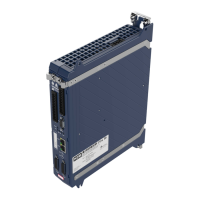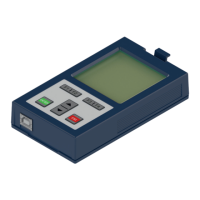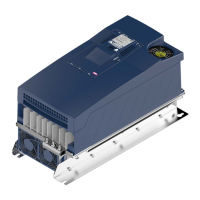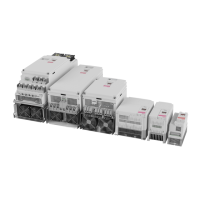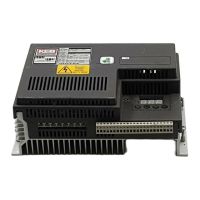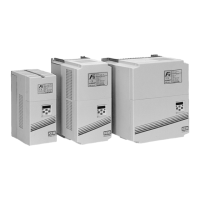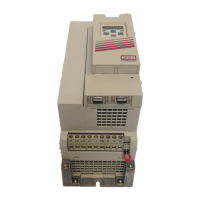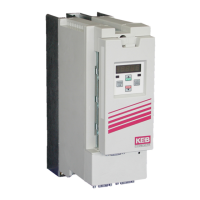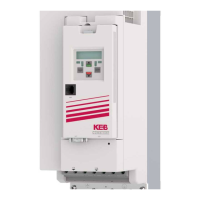4.2.2 Liquid cooling
• The liquid coolers are designed for the connection to an available cooling system.
• The dissipation of the power loss must be ensured by the machine builder.
• In order to avoid moisture condensation, the minimum inlet temperature may not
decrease the ambient temperature.
• No aggressive coolant shall be used.
• Measures against contamination and calcination must be done externally.
4.2.3 Connection of the liquid cooling to the cooling system
• The connection to the cooling system can occur as closed or open cooling circuit.
• The connection to a closed cycle cooling circuit is recommended, because the dan-
gerofcontaminationofcoolantissignicantlylower.
• Preferably also a monitoring of the pH value of the coolant should be installed.
• Pay attention to a corresponding cable cross section at required equipotential bond-
ing in order to avoid electro-chemical procedures.
• Other elements in the cooling circuit such as pumps, shut-off valves, ventilation etc.
must be added according to the cooling system and the local conditions.
• Payattentiontouxdirectionandchecktightness!
Extrusion casting heat sink
• Screw in the connecting duct according to the assembly instructions (
=>
Connections to
the coolant)
.
• Theconnectiontothecoolantmustbecarriedoutwithexible,pressure-resistant
hoses and secured with clamps.
Aluminium heat sink with pressed stainless steel tubes
• Connection to the cooling circuit can be made with the aid of function nuts (=>
Connections to the coolant) and the use of elastic, pressure-resistant hoses.
Volume ow meter and temperature monitoring
Theuseofvolumeowmetersaswellastemperaturemonitoringisrecom-
mended.
ATTENTION
• A discontinuous mode is not recommended, this can lead to a
reduction of the service life.
• The max. pressure in the cooling system may not exceed 10 bar.
• ThecoolingowmustalwaysbestartedbeforestartingtheCOM-
BIVERT.
50
MECHANICAL INSTALLATION
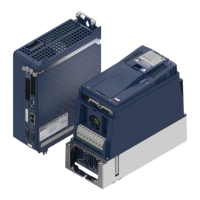
